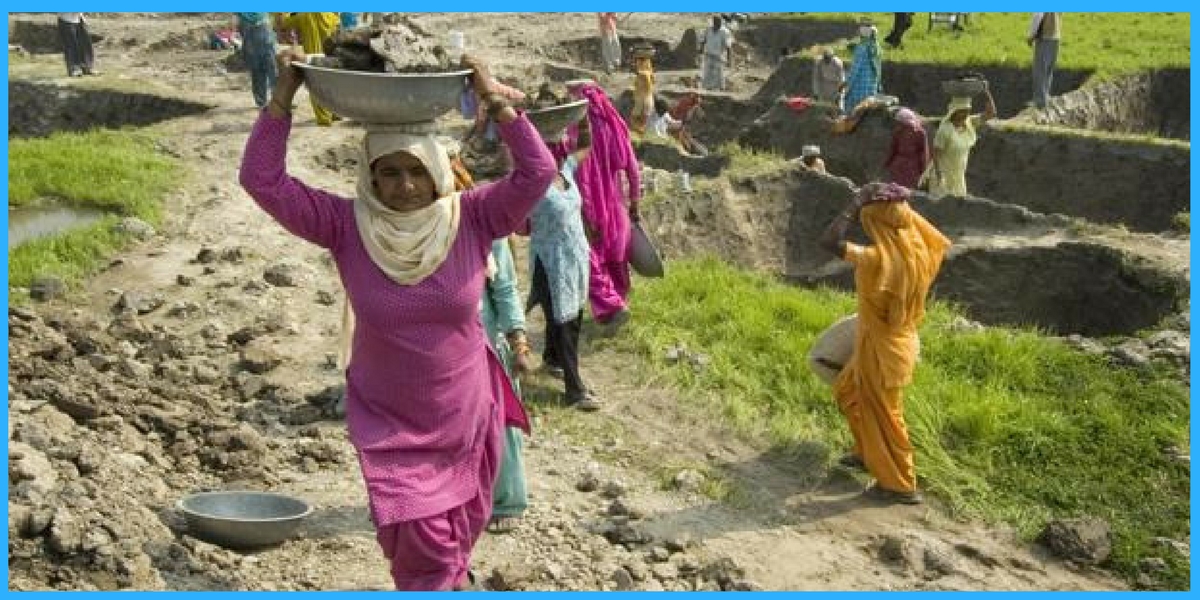
RBI Study Shows Major Fall In Rural Wages Since 2014
4 May 2018 5:34 AM GMT
A recent study by RBI revealed that the economy of the rural sector seems to be under stress as per the current rural wages, especially that of the agricultural sector. According to the report, there has been a ‘significant deceleration’ in the wages of the rural sector since 2014.
These wages also have an impact on inflation and overall economic growth. The RBI working paper by Sujata Kundu, titled ‘Rural Wage Dynamics in India: What Role does Inflation Play?’ states that rural wages saw a high growth from the year 2008 to 2013, which was followed by significant deceleration. The wages of agricultural labourers, from a 38% growth in 2014, came down to almost zero. It was the same with the wages of masons.
“Because of a spell of high inflation, growth in real wages even slipped into the negative territory. This posed a research question relating to the changing rural wage dynamics and factors behind the subdued growth in wages. It is crucial to note that two of the major factors, viz., implementation and the quick progress of Mahatma Gandhi National Rural Employment Guarantee Scheme (MGNREGS) and a healthy growth of the construction sector (as measured by the sector’s gross domestic product) that contributed to and sustained the high growth phase in rural wages up to 2012-13’’ the paper states.
The report also reveals that 2014-15 and 2015-16 were sub-normal monsoon years with weaker growth in agricultural GDP. The rural economy witnessed some revival in 2016-17 as monsoon turned normal. However, it did not provide a significant boost to agricultural wages.
The RBI study took into account the monthly wage data for both agricultural and non-agricultural labourers from Wage Rates in Rural India (WRRI), which is published by the Labor Bureau, Shimla. Particularly for agricultural labourers, the rural wage growth has turned negative in the last four years.
The study cited, “One could identify a mix of events happening during this phase not only on the domestic front but also globally, most of which began around 2013-14: the global slowdown in growth; the collapse of international primary commodity prices; and major contraction in food prices.’’
According to numbers, the Mahatma Gandhi National Rural Employment Generation Scheme (MGNREGA) has also lost impulse in these recent years as it was a driving factor for rural wages from 2008-09 to 2011-12. The average number of employment days per household has come to 40-50, though the promise is for 100 days in a year. These numbers were quite different in 2013 and 2014, being 45.9 and 37.7 respectively. But in 2016, it dropped to 15.3.
 All section
All section













